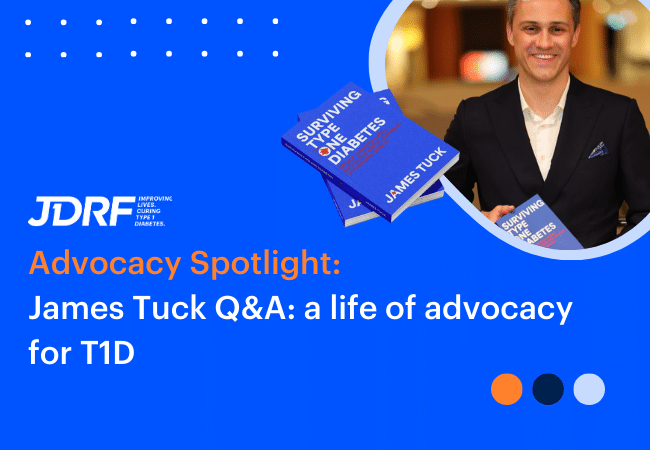‘How I gained the confidence to exercise with T1D’: Hayley Ford’s story
This blog post was written by Hayley Ford. She shares how she gained the confidence to re-enter the world of exercise after her type 1 diabetes diagnosis, and her biggest pieces of advice for others looking to do the same.
I was diagnosed with type 1 diabetes (T1D) in 2017, just before I turned 15. After being sick for months on and off I landed in hospital with ketones so high I was told just one more day and I would have been in coma.
For me, my diagnosis was a complete shock. Not having anyone in my family with diabetes I never even imagined having it. While it was a huge physical adjustment my diagnosis also significantly impacted me emotionally – to put it simply, I was an emotional wreck!
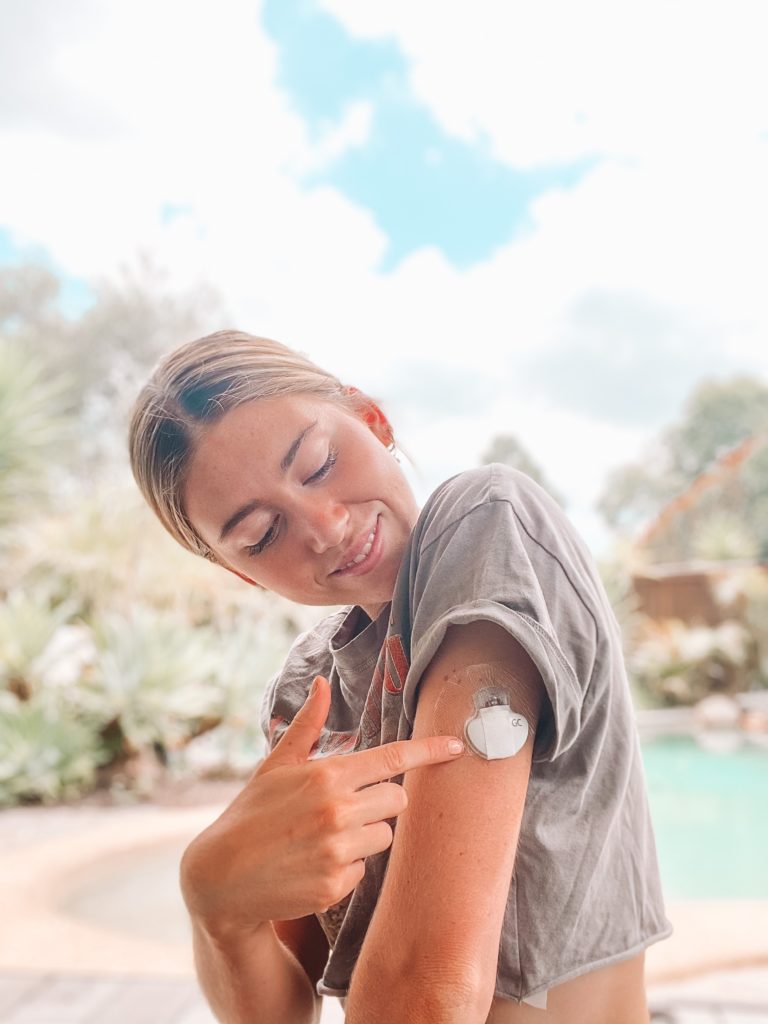
Before my T1D diagnosis
Prior to being diagnosed I was a pretty active kid. I played netball and spent my summers waterskiing. I was constantly outside riding my bike, running around and playing neighbourhood soccer.
However, in the months leading up to my diagnosis I really struggled in being physically active. I had no energy and was always tired. Some days, I felt like my legs could barely hold my weight and participating in sport became difficult and unattractive. I found myself often not participating especially in school sport not because I didn’t want to but because I physically couldn’t.
My fitness journey since I was diagnosed
Since my diagnosis I like to move my body in both similar and different ways to those I did before. I still love waterskiing and will be on the water with my ski any chance I get (I remember when I was diagnosed my first question was ‘can I still waterski?’). Over the years, I have learned so much about my blood glucose levels (BGLs) and it has definitely been a huge learning game when it comes to skiing and diabetes. I also love to go for walks.
In the last 2 years, I have developed a major passion for training at the gym. I love to lift weights at the gym, but I also love to try different training styles. Some of my favourite styles include strength training with weights and conditioning styles. Training at the gym has now become a part of my daily routine and also a key tool in managing my BGLs.
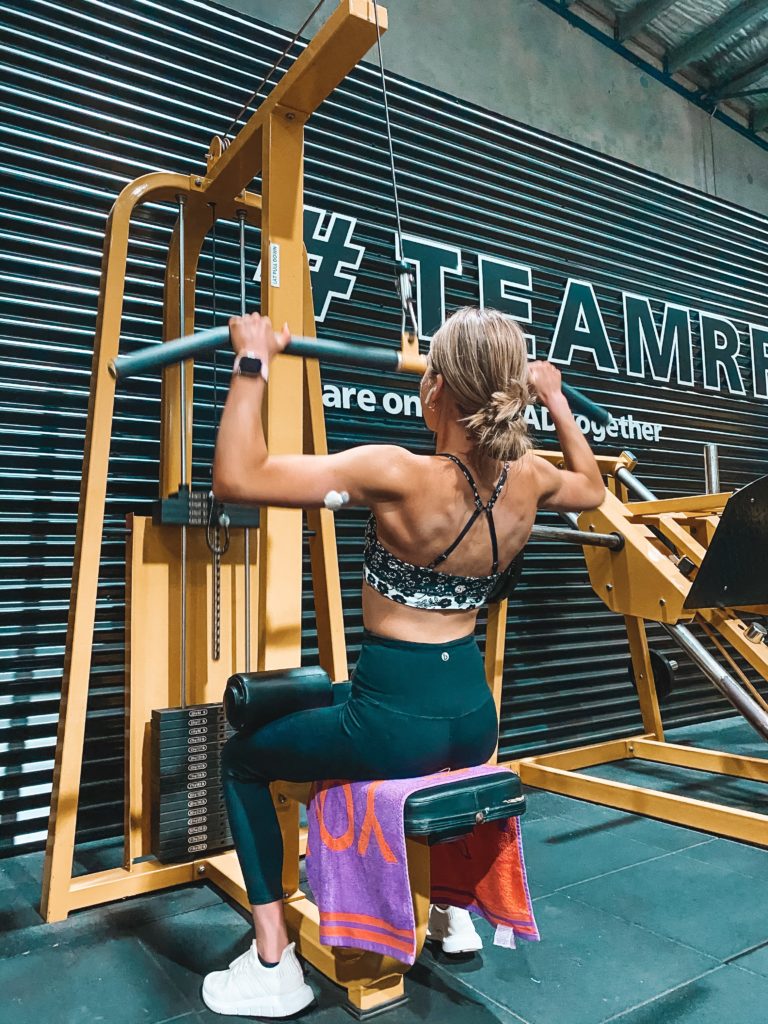
Prior to beginning my fitness journey with T1D I had mixed emotions. I felt really confused and overwhelmed because I was starting from scratch. I had no idea how my training was going to impact my BGLs and how to control them. It really was a lot of trial and error. I learned that different styles of training impact my BGLs differently.
- Strength training can often make my BGLs stay stable or increase at times due to adrenaline
- Training that is more cardio based can make my BGLs drop quickly if I do not have active carbohydrates working in the background.
Other than these observations, I immediately noticed how good training was in helping to control my BGLs. I soon realised that training could be a tool for managing my diabetes.
Exercise and my T1D
While beginning my fitness journey with diabetes was confusing and definitely tough as anything is with diabetes I personally built the confidence to be active because I could see how good training consistently and in a routine was for controlling my BGLs. I noticed:
- I had less sudden spikes and drops when I was training consistently.
- I had steadier sugars over night in my sleep and surprisingly less drops at that horrible 3 am hour (If you know, you know!).
- My BGLs were less sensitive and I was able to get away with some extra sneaky carbs at snack times!
- My insulin sensitivity also increased.
While all these physical outcomes from training were great the mental ones such as increased mood and energy levels also drove my confidence to keep on being active.
How I manage training with T1D
Like anything training and exercising with T1D is really hard. It’s not linear and it’s not always predictable. It’s constantly changing and I think that is just something we have to accept. As soon as you accept that it is going to be a continuous learning game the more open you can be to learning from your experiences and finding new ways to help manage exercise and T1D.

Some of the most effective ways I have found so far are:
- Knowing what each type of exercise style does to your BGLs and using this knowledge according to how your BGLs are trending. For example, If I go to the gym with high BGLs I will do 10 minutes of cardio-based exercise before I jump into strength. However, if my sugars are in range, I can jump straight into strength training.
- Always having supplies on hand. I have definitely had times at the gym where I have needed to pop a few jellybeans!
- Making sure you check your BGLs before, during and after can also really help to avoid hypos and hypers, as well as help you better learn how exercise is effecting your BGLs.
- For me personally wearing a CGM is great in being able to watch my sugars during exercise and has definitely helped me avoid some nasty hypos!
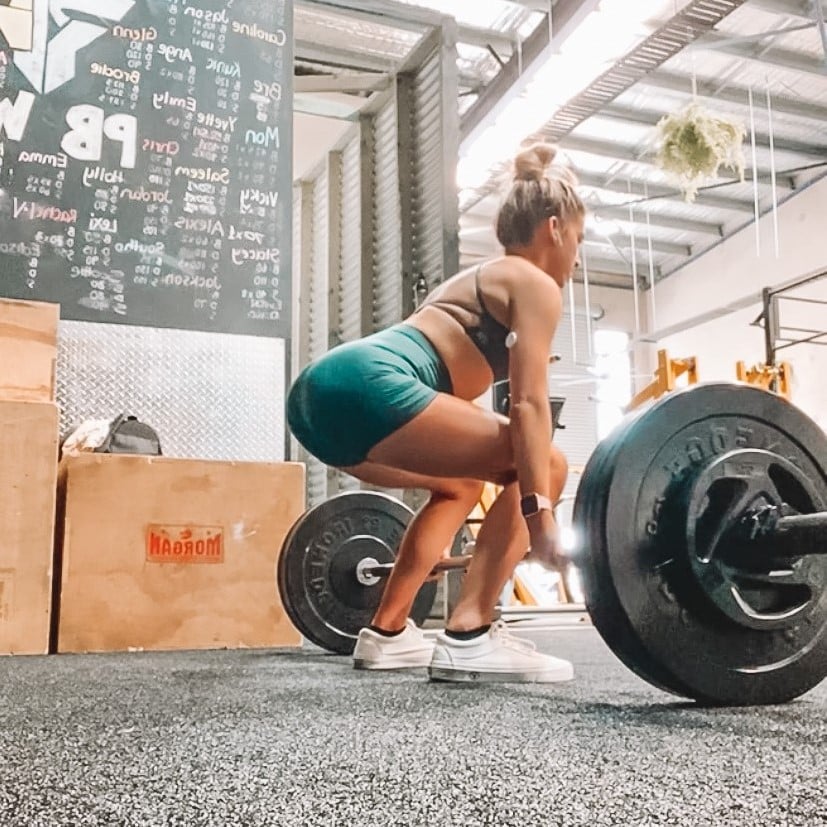
My top 3 pieces of advice for anyone getting started on their fitness journey
- Go in with an open mind. Don’t put too much pressure on yourself to have perfect BGLs. Test before, during and after training and record so you can compare different days and styles of training. This will help you learn what affects your sugar levels and what works for you.
- Don’t be afraid to reach and out and ask for advice. Although exercise effects everyone’s BGLs differently other diabetics can have great advice, tips and offer a starting point.
- If you feel really scared don’t go alone. Take a friend or family member with you – they can offer great support.
For more useful tips on exercising with type 1 diabetes, download Straight to the Point: A guide for adults living with T1D.
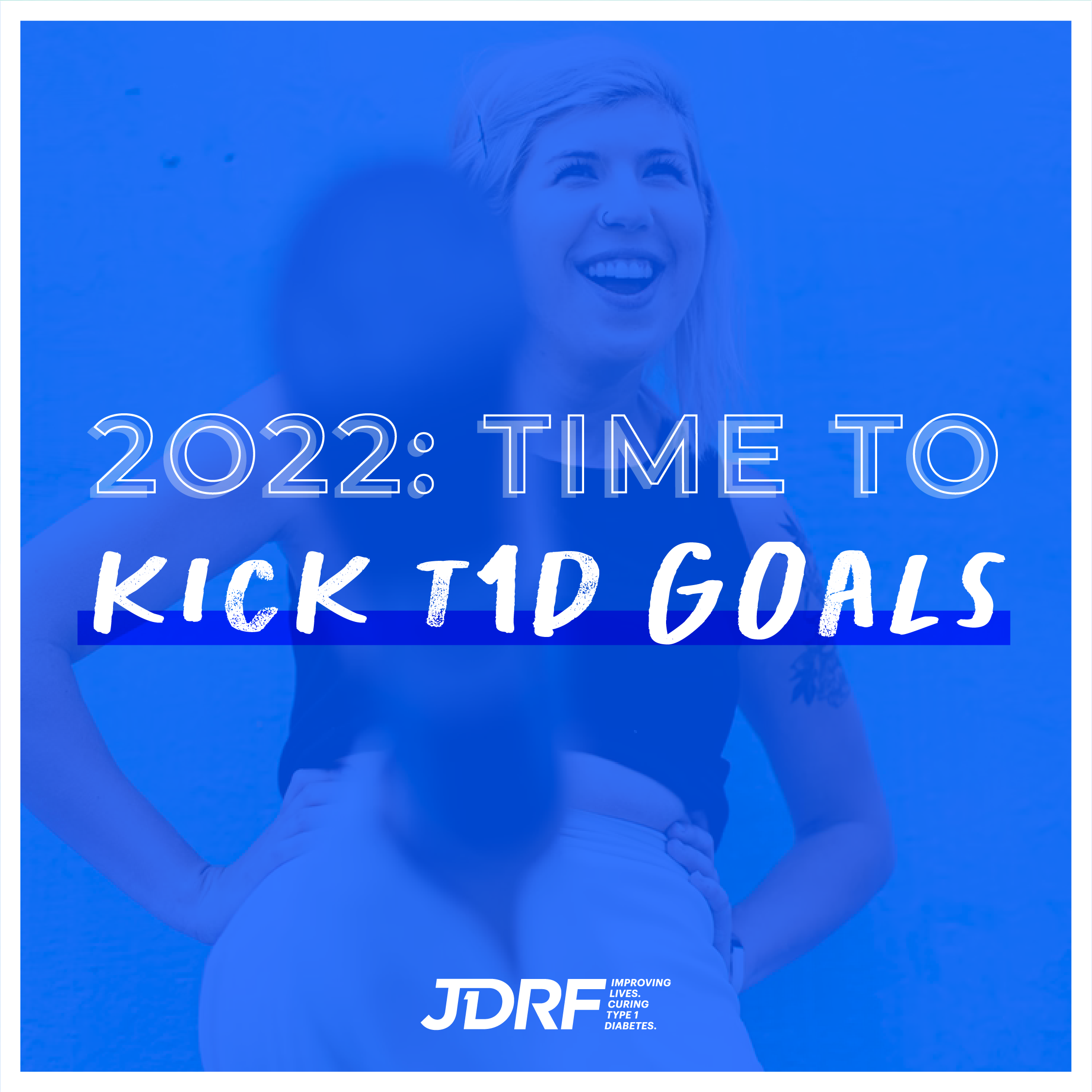
Want more on exercising with T1D?
Fill out this form to have Straight to the Point: A guide for adults living with T1D sent directly to your inbox.



